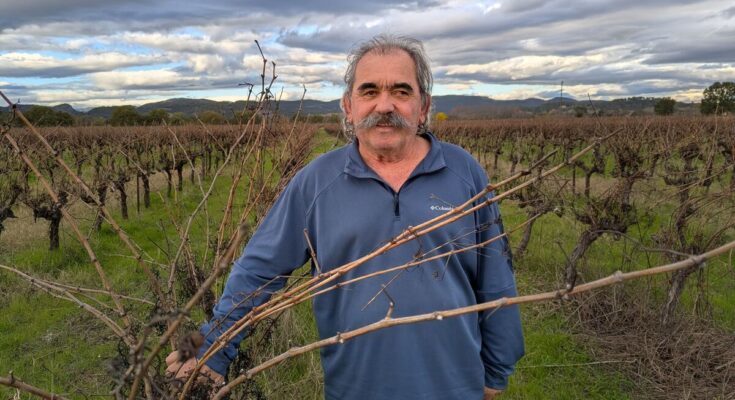Some say it makes you crazy, some say it tastes funny, so it’s banned. Their names are Noah, Clinton, Isabelle, herbemont, Othello and Jacquez: since the decree of 1934, the production of wine in France from any of these six grape varieties has been prohibited. Since last year, we have almost no right to call drinks made with this type of grape “drinks made from fermented grape juice”.
But the situation may change. On November 5, the European Parliament unanimously approved an amendment supporting the reintroduction of these “banned” grape varieties into the Wine package of the next Common Agricultural Policy (CAP). In the foothills of the Cévennes, but also in the Jura, Savoie and even the Creuse, we can’t wait for this.
Because if this grape variety is banned on paper, its cultivation is far from extinct. In Lozère, they grow on hillsides, often on trellises, in gardens and on terraces, harvested by a handful of fireproof grape growers. “We went specially to Strasbourg to taste this forbidden wine. Everyone was shocked,” said David Flayol, who is based in Molezon.
Grape farmer Lozerian cultivates almost a hectare of forbidden grape varieties and one of his “wines” has just made its way onto the menu of Cyril Attrazic’s two-star restaurant in Peyre-en-Aubrac. What a confession. “Many young people want to settle here to grow forbidden grape varieties or hybrids because they do not require maintenance,” he believes.
“The argument that methanol levels are too high no longer applies”
Imported from the United States when phylloxera devastated French vineyards, this banned grape variety proved highly resistant to disease. In the face of climate change, they also have the advantage of being late, “meaning they germinate after the spring frosts and are harvested after the heat of summer”, explains Jérôme Villaret, project manager of the Observatory of heritage grape varieties created by the IGP Cévennes union.
Another advantage, in this glass, this forbidden wine shows itself to be “not too tannic and very aromatic, in terms of fruit”, all at a low level, around 11.5°. “Exactly what consumers are looking for today,” smiles Christian Vigne, grape grower in Massillargues-Attuech (Gard) and former union president.
He also planted several isabelle deposits and produced his own wine. For the final implementation of this amendment, support from France and the Ministry of Agriculture is still needed. “For a long time we were faced with health concerns, especially those stating that methanol levels were too high. Today, with modern winemaking techniques, this argument no longer applies,” he stressed.
“Microvinification carried out with the Cooperative Wine Institute confirms this,” he continued. In the past, each Lozère estate made its own wine, for its own consumption. Sometimes the grapes are picked when they are still quite green and vinified under hygienic conditions…” As for the taste, the winemaker says, “You either like it or you don’t.” The only way to find out is to taste it.



